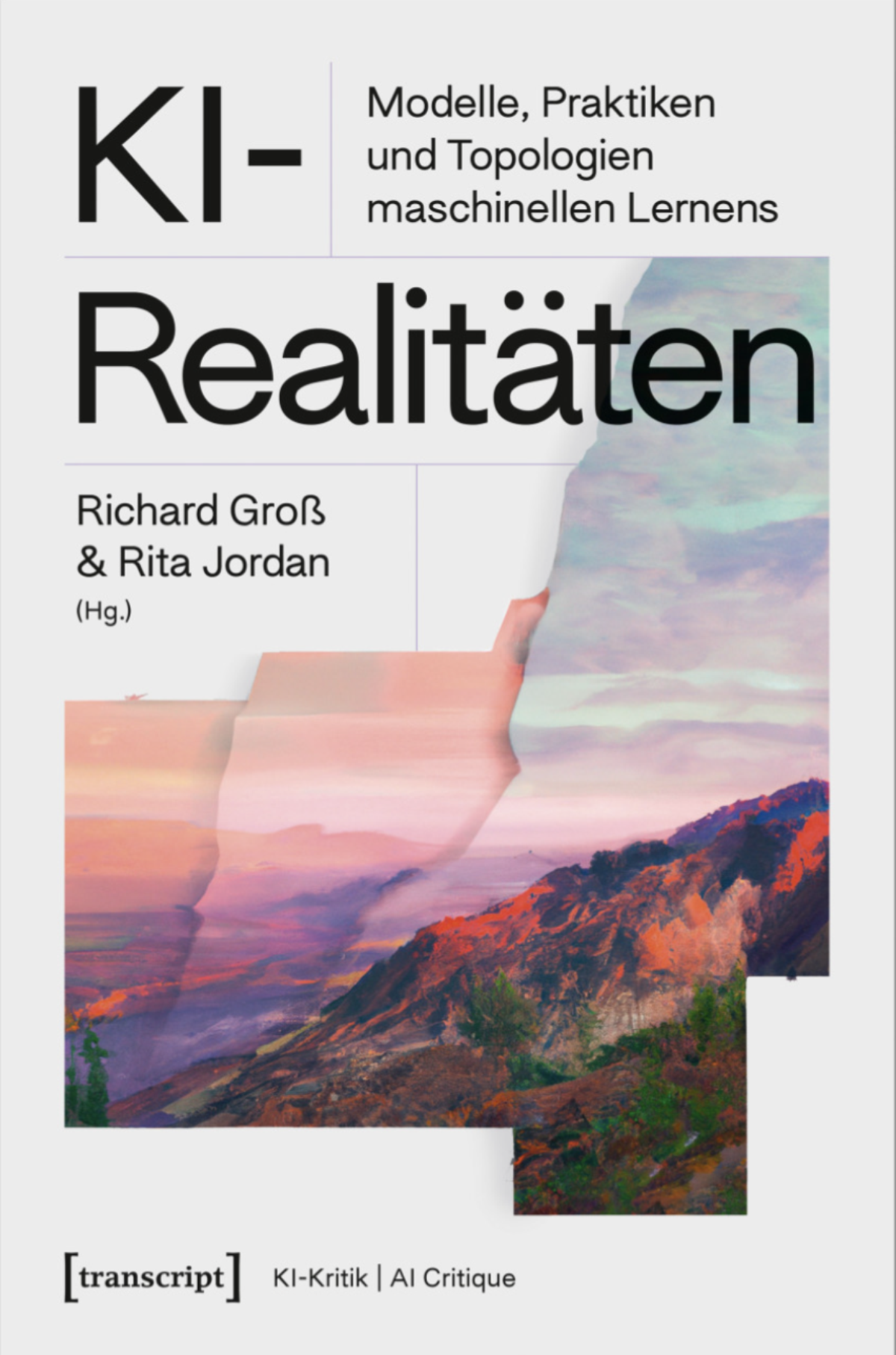
Abstract
The history of thinking about thinking is populated by numerous
attempts to model reason in topological terms. Amongst them, the prominent
place is occupied by Immanuel Kant’s explanation of thought’s need to
restrain its own exercise by means of an analogy between geographical orientation
(modeled on the human body) and orientation in thinking. As natural
as his analogy might seem, the first part of this chapter aims at deconstructing
Kant’s attempt as both replaceable and constraining, and at proposing a
possibility of alternative topological accounts of thinking. Hence, while endorsing
the utility of spatial models, we call for an unbinding of the parochial
connection between thinking and the form of the human body implicit in
historical topological models of reason. For this reason, in the second part of
the chapter we suggest that the topological framework embodied by Artificial
Neural Networks (ANNs) can be used as an alternative to formulate such a
model of thinking, based on their commitment to dimensionality and use of
space as an active, dynamic and transitory element. Rather than arguing that
ANNs somehow think, we suggest that they offer a mirror that lets humans
look back at themselves and construct their thinking differently. We conclude
by proposing that the benefit of looking in this mirror is open-ended and
twofold: (1) It divorces our image of thinking from anthropomorphism, and (2)
it offers a normative model of reason with potentially practical consequences
for how humans act.
Download book with the full text for free:
https://www.transcript-verlag....